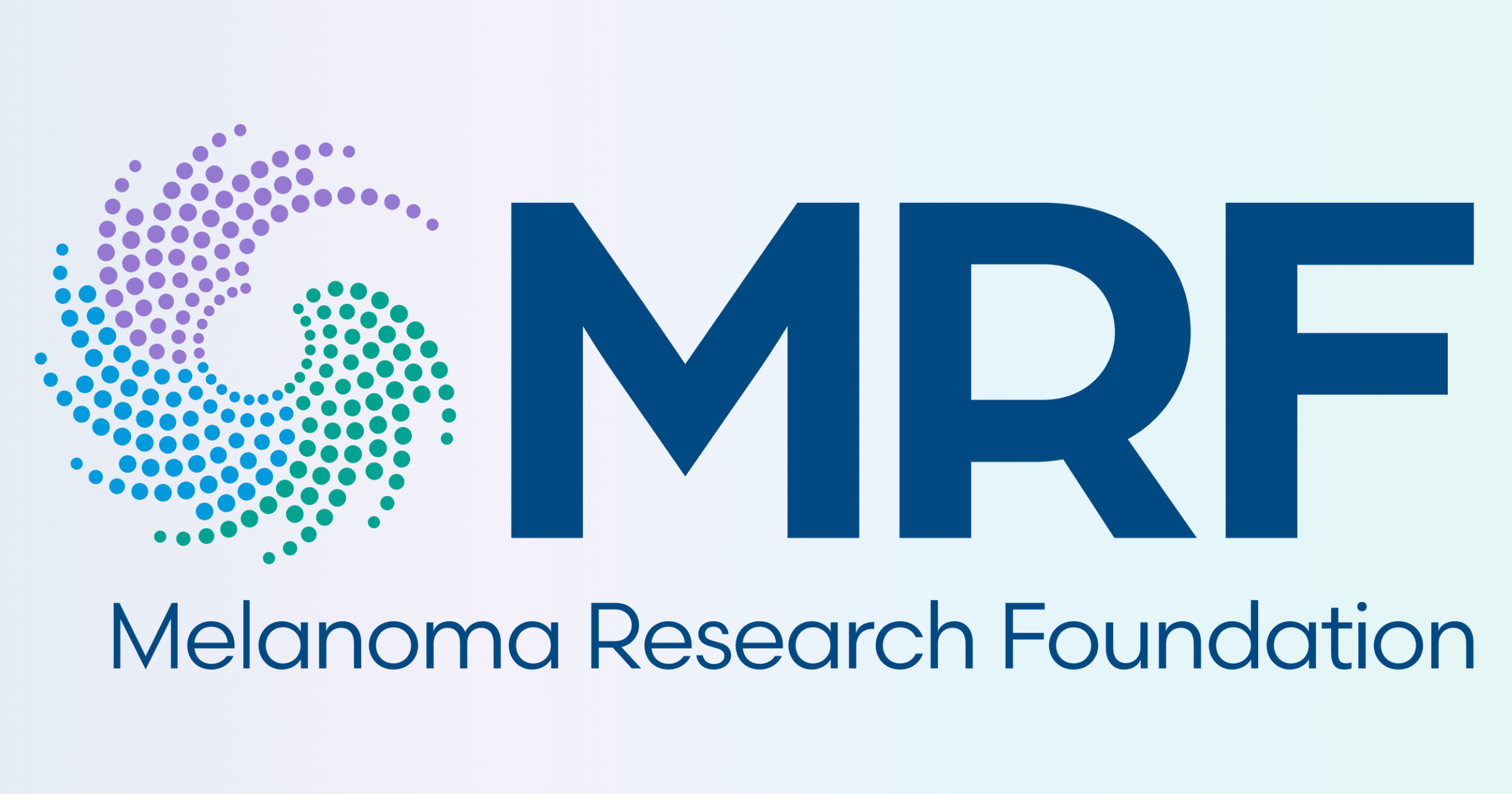FDA Considers Update for Tanning Bed Labels

For Immediate Release: December 9, 2008
Contact: Deborah J. Danuser
Jones Public Affairs
(202) 742-5256
FDA Considers Update for Tanning Bed Labels
-The Melanoma Research Foundation issues response to the FDA’s TAN Act findings-
HILLSBOROUGH, N.J.—The Melanoma Research Foundation (MRF) responded today to the U.S. Food and Drug Administration’s findings in the Tanning Accountability and Notification Act (TAN Act) report (one-year update). As part of the more comprehensive Food and Drug Administration Amendments Act of 2007 (H.R. 3580), the TAN Act required the FDA to submit a report to Congress about the effectiveness of the current labeling requirements for indoor tanning devices.
“We are pleased the FDA was not fooled by recent propaganda encouraging the public to soak up ultraviolet light several times a week because its so-called health benefits,” said Dr. David E. Fisher, Chief of Dermatology at Massachusetts General Hospital and a member of the MRF Scientific Advisory Committee. “Instead, the FDA continues to focus on what the science clearly tell us—UV exposure can cause skin cancer, including melanoma. We encourage the FDA to act on the report’s findings and amend the current labeling requirements so tanning customers clearly understand that indoor tanning represents one of the most striking examples of an avoidable cause of lethal cancers.”
Studies show that UV light is a carcinogen (i.e. causes cancer). This occurs when skin cells are damaged after UV exposure (either from the sun or a tanning bed). The same DNA damage that triggers tanning also appears capable of causing cancerous mutations in skin cells. If those mutations are not completely repaired—as frequently occurs—skin cancers may result.
Additional data demonstrate that indoor tanning devices emit UV radiation that is similar to, and sometimes more powerful than, that emitted by the sun. In fact, a systematic review of worldwide data, published in the March 2007 issue of the International Journal of Cancer, found a prominent, consistent increase—75 percent—in risk for melanoma in people who begin using tanning beds in their teens or twenties. The review also showed that people across all age groups who have ever used tanning beds face a 15 percent higher risk of developing melanoma than those who have not. Even more dramatic increases were seen in certain non-melanoma forms of skin cancer, such as squamous cell carcinoma, a tumor that only on occasion spreads from the skin and may then be lethal.
“It’s important that we remain vigilant in making safe decisions when it comes to the UV exposure,” said Randy Lomax, chairman of the MRF. “The best way to prevent melanoma is to protect yourself from the sun because approximately 65 percent of melanomas are attributed to UV exposure.”
Melanoma is one of the fastest growing cancers in the U.S. and can strike people of all ages, all races and both sexes. In fact, with a one in 50 lifetime risk of developing melanoma, this year more than 62,000 Americans are expected to be diagnosed with the disease, resulting in an estimated 8,400 deaths. Melanoma is the most common form of cancer for young adults 25- to 29-years-old and the second most common cancer in adolescents and young adults 15- to 29-years-old.
“Most Americans are unaware of the seriousness of melanoma and there is still much to be done in terms of public education,” continued Lomax. “It’s important to know the risk factors such as fair skin, personal and family history, weakened immune system, severe sunburns—especially while young—and exposure to ultraviolet radiation.”
# # #
About Melanoma
Melanoma, the most serious type of skin cancer, is one of the fastest growing cancers in the U.S., and can strike people of all ages, all races and both sexes. In fact, with a one in 50 lifetime risk of developing melanoma, this year more than 62,000 Americans are expected to be diagnosed with the disease, resulting in an estimated 8,400 deaths. Melanoma is the most common form of cancer for young adults 25- to 29-years-old and the second most common cancer in adolescents and young adults 15- to 29-years-old.
About Melanoma Research Foundation
The Melanoma Research Foundation (MRF) is the largest independent, national organization devoted to melanoma in the United States. The Foundation is committed to the support of medical research in finding effective treatments and eventually a cure for melanoma. The Foundation also educates patients and physicians about prevention, diagnosis and treatment of melanoma, while acting as an advocate for the melanoma community to raise awareness of this disease and the need for a cure. The MRF Web site is the premier source for melanoma information seekers. More information is available at www.melaresearcstg.wpengine.com.




